Weekend Getaway: Oysters + Cheese {Marin, Part 1}featured
One of my favorite things about living in SF is the infinite number of weekend excursions we have at our fingertips. If we’re feeling the need to get out of the city, we have our pick of beach, mountains, and wine country waiting for us. Just an hour north of SF in Marin County is one of our favorite getaways. It involves generous quantities of oysters and cheese. I thought you’d like that.
Let’s start with the magnificent oyster.
“I love oysters. It’s like kissing the sea on the lips.”
– Léon-Paul Fargue, French poet
It’s no secret that the Hog Island Oyster Farm is one of my ultimate happy places. There is nothing like it. My game plan usually involves packing a picnic of some chilled bubbly, a spread of cheeses, meats, fruit, olive bread, and some candied nuts if I’m really on top of things. Throw in a bag of charcoal if you like to BBQ your oysters (there are grills you can use on site), and don’t forget to bring some dishtowels – shucking can get pretty slippery.
And then all that’s left to do is shuck and slurp to your heart’s content. I could sit there for hours, sun on my face, overlooking Tomales Bay, plowing through bushels and bushels of Sweetwaters. Bliss.
I’ve written about Hog Island oyster orgies before, but this past trip I managed to put my shucking knife down for one second to learn some interesting things. Mainly:
Where do baby oysters come from?
An oyster starts out in the free-swimming larval stage. It eventually attaches to a hard substrate, forming what they call a single-seed spat, or an oyster seed. It’s no bigger than a grain of oat.
How long does it take to grow?
From start to finish, it takes from 18 months to three years to grow a premium Hog Island Oyster.
What’s the process?
The spat is placed (by the millions) in fine mesh cylinders called Stanways to begin their growth in Tomales Bay. The Stanways rock with the tides, allowing nutrient rich bay water to tumble through and around the young oysters. This tumbling sets into motion the shape and architecture prized in Hog Island Oysters — thick, round, deep-cupped shells with prominent fluting and firm, sweet meat.
At about half an inch, tween oysters are transferred to racks of mesh bags elevated above the bay floor where they easily feed on phytoplankton and other natural bay nutrients. The farm crew regularly flips the bags to monitor the oysters’ health and harden their shells.
When the oysters are ready to harvest, they are placed in a saltwater tank system for a minimum of 24 hours to cleanse and purge in clean, cold, filtered seawater until they are delivered or sold. Resting time in the tanks ensures the oysters are consistently fresh, clean, and delicious.
I’m going to save the cheese portion of this Oysters + Cheese Adventure in Marin for a separate post since there is a lot to cover on that front!
In the meantime, enjoy these recipes:
- Grilled Hog Island Sweetwaters with Chipotle Garlic Butter:
A lil sweet + a lil heat. The butter compote has brown sugar and brandy in it too. Win. - Hog Wash:
The perfect mignonette.
…and please accept this gratuitous BABY COW {!!!} shot as a peace offering. More from cow country and cheese heaven soon!
20215 Highway 1
Marshall, CA 94940
(415) 663-9218
Open 7 days a week, rain or shine! 9:00 AM to 5:00 PM
Tip: Picnic reservations tend to fill up on the weekends so call in advance


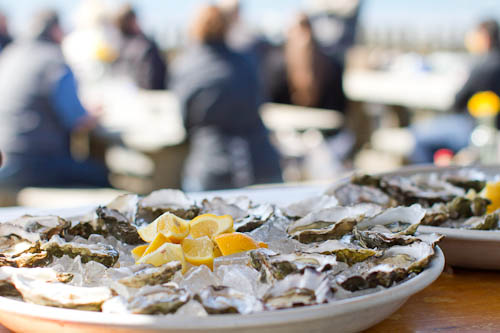
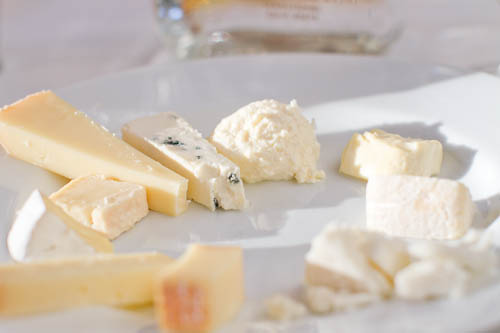
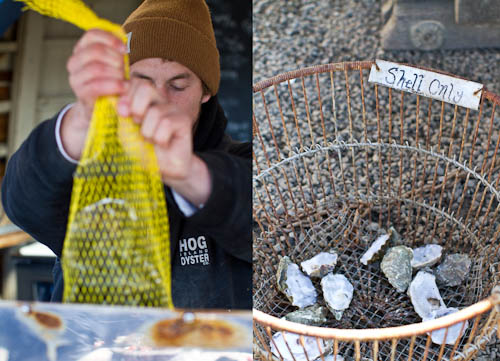
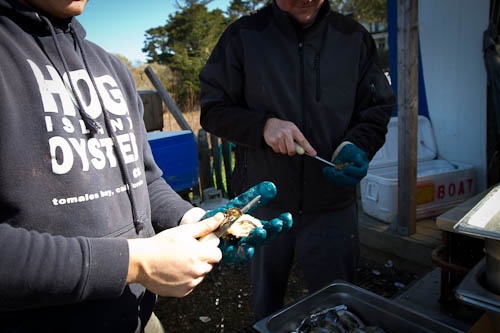
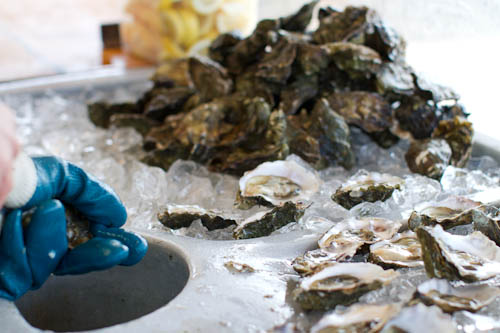
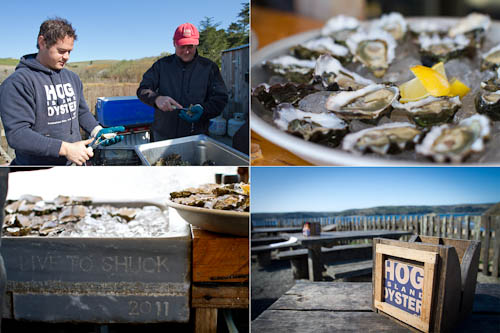
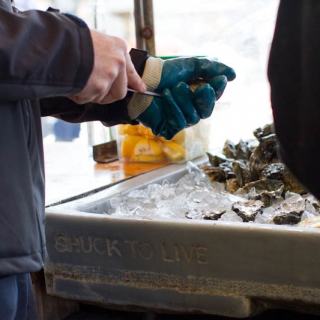
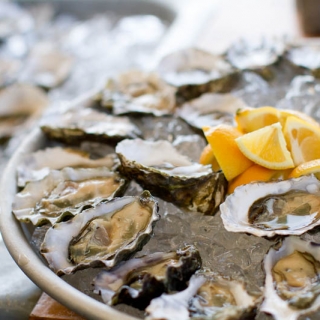
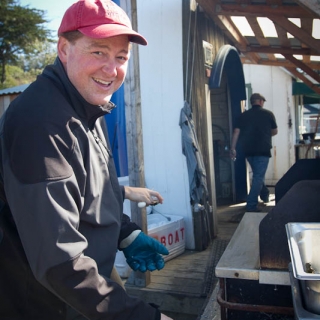
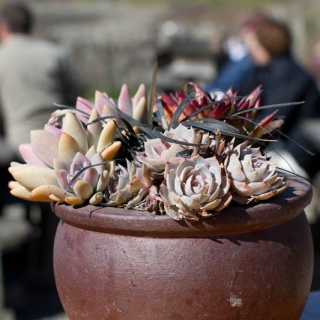

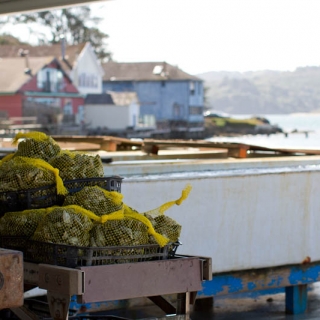
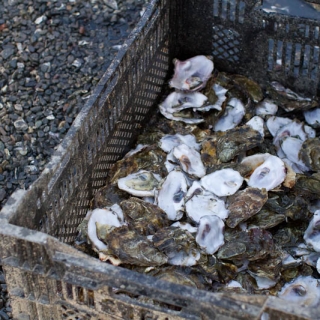
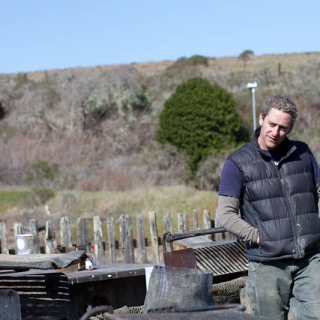
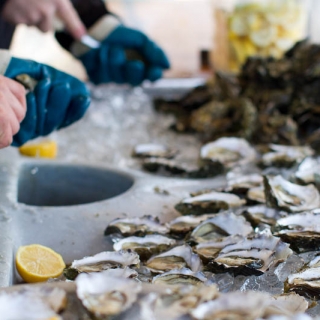
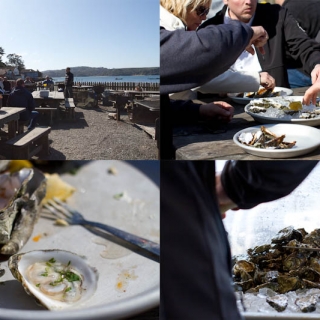
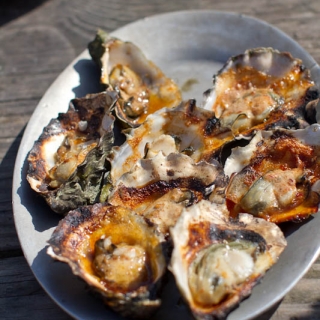
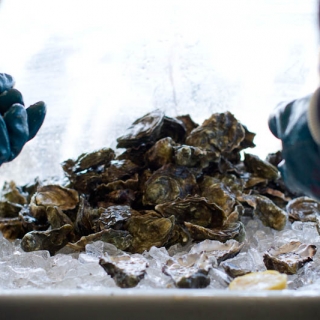
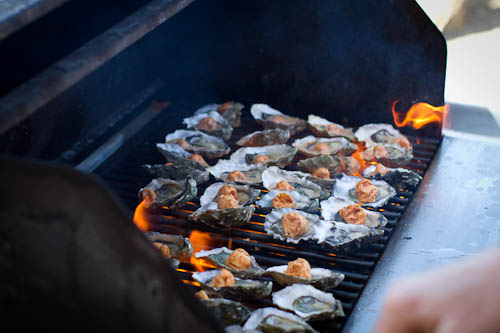
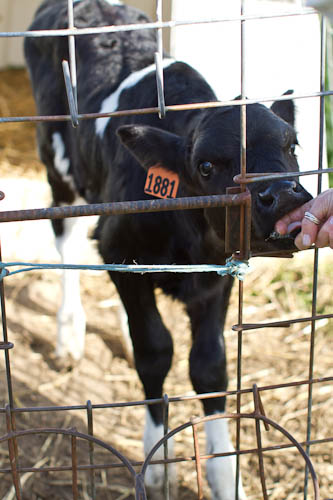



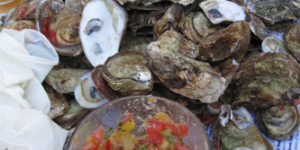

Add comment